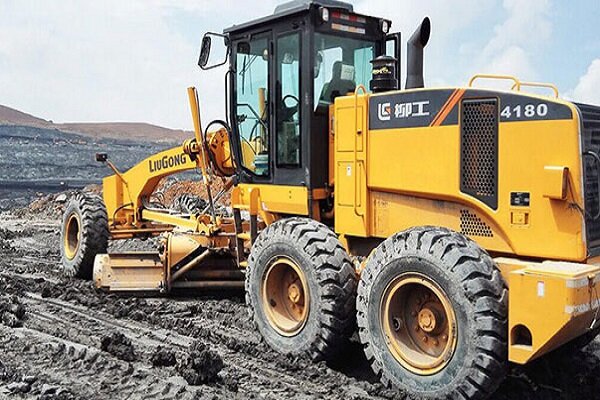Knowledge-Based Companies Achieve Laser Guidance Technology for Dam Construction Machinery

A knowledge-based company, with the support of the Connectivity and Communications Technology Development Headquarters of the Vice Presidency for Science and Technology, has successfully localized advanced laser guidance technology for construction and dam machinery.
According to Mehr News Agency, this innovative achievement marks a significant transformation in the country’s road construction industry, enhancing the precision and quality of asphalt paving to an unprecedented level.
Reducing Dependence Through Localization of Laser Guidance Technology
Afshin Navabi, CEO of Farand Peymayesh, a knowledge-based company, explained one of the company’s most important products and said:
“Localizing technologies used in road construction and asphalt paving machinery is a crucial step toward modernizing these machines and reducing reliance on foreign technologies.”
Navabi further described the laser guidance technology used in asphalt finisher machines, adding:
“This innovative system is designed to improve the accuracy and quality of asphalt paving in infrastructure projects. Using laser beams, the system creates a precise reference line for the machine. The sensor and laser controller system measures the deviation of the machine from the laser beam and automatically adjusts its movements along the reference line using servo-hydraulic control signals.”
The CEO of this knowledge-based company said:
“Manual operation of dam construction machinery not only reduces precision but also slows down the operations.”
He pointed to the challenges in implementing asphalt-core dams and said:
“Precision in machine movement and asphalt layer thickness is critical. This product eliminates human error in all these areas, leading to significant improvements in execution quality and speed.”
Large-Scale Laser Sensor Construction
Navabi also pointed out the innovations of his design and said:
“The construction of large-scale laser sensors is one of the standout features of this product. These sensors are designed to resist optical and environmental disturbances in open spaces, and the control algorithms for the servo-hydraulic system have been developed to deliver superior performance.”
Navabi also referred to the lack of domestic equivalents for this product and said:
“The localized technology is designed to meet customer needs and can be easily upgraded. Foreign products are often sold as complete packages at very high costs, which is not feasible for many domestic contractors. However, our product can be integrated with existing and older machinery.”
He concluded by referring to the target market of this product and said:
“The main target markets for this product are the Ministry of Roads and Urban Development, the Ministry of Energy, and private contractors active in dam construction, road construction, and airport runway paving. Considering the country’s growing demand for transportation infrastructure, it is expected that the demand for this innovative technology will increase in the future. Our first commercial contract has been signed in cooperation with Khatam al-Anbia Construction Headquarters, Niroo Holding, and by order of Sepasad Company, the executive arm for dam construction projects of this headquarters. This major trust reflects the quality and high capabilities of our localized product.”
It is noteworthy that in February 2024, the Connectivity and Communications Technology Development Headquarters issued a call titled “Support for Innovative Proposals in the Field of Connectivity and Communications Technologies,” inviting knowledge-based companies and researchers to present innovative proposals in key areas of information and communications technology. After a rigorous evaluation process conducted in May with the presence of Seyyed Mohammad Karbasi, Secretary of the Connectivity and Communications Technology Development Headquarters, as well as specialized task forces and expert judges, the top proposals in areas such as “IoT, connectivity, and smart systems,” “emerging technologies in 5G and 6G communications,” “smart solutions in telecom,” “satellite communications and technologies,” “optical and quantum telecommunications,” and “cybersecurity” were selected and supported.





